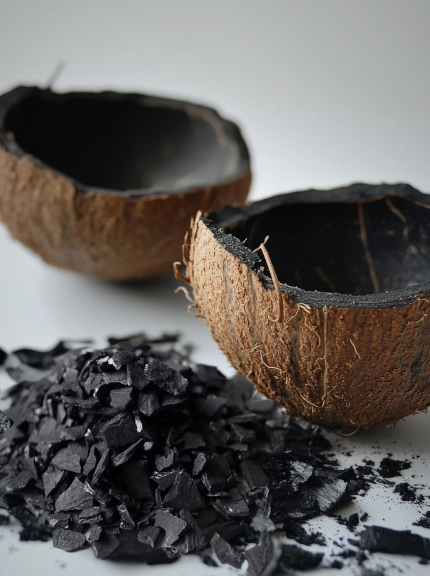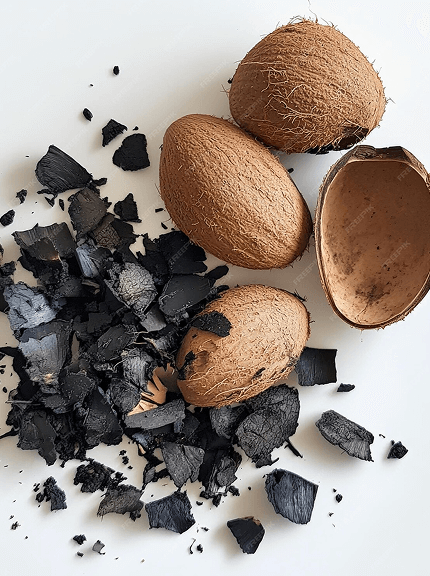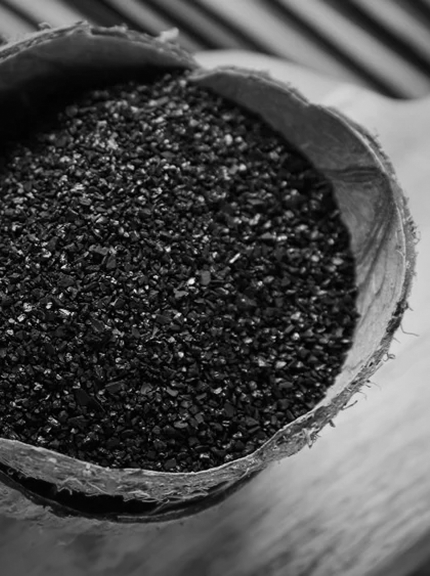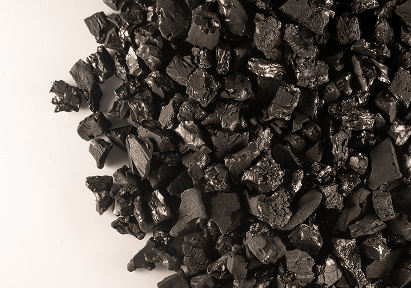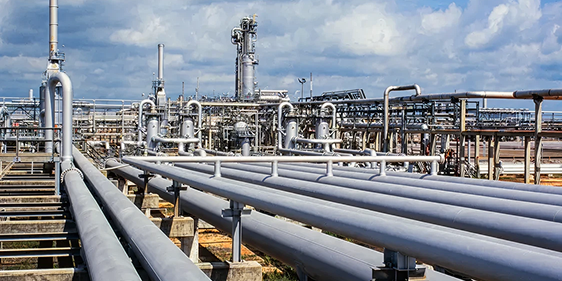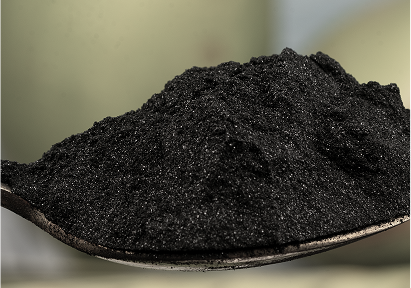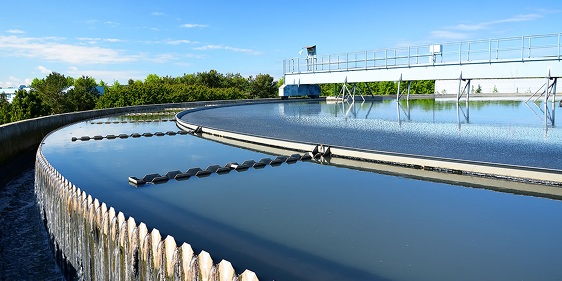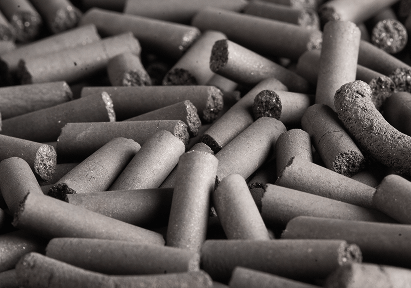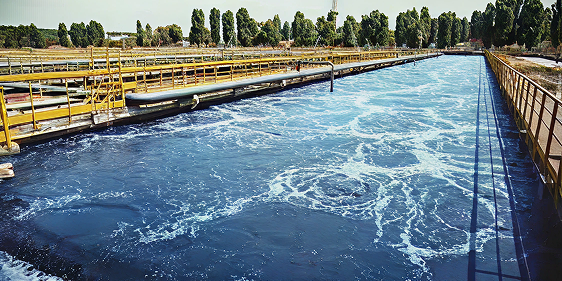What is Activated Carbon?
Activated carbon is a highly porous form of carbon used to remove impurities from air, water, industrial processes and gold recovery. Made from raw materials like coconut shells, coal, or wood, it is processed at high temperatures to create a large internal surface area. This structure enables it to adsorb contaminants effectively, making it ideal for purification, deodorisation, and precious metal recovery. Activated carbon is widely used in water treatment, air filtration, food processing, precious metal recovery and pharmaceuticals due to its ability to trap toxins, odours, and unwanted chemicals at the molecular level.
Activated carbon
Uses and Benefits
Benefits of Using Coconut shell Activated carbon
Coconut shell activated carbon offers numerous benefits, making it a preferred choice across industries. Derived from a renewable and eco-friendly source, it features a high surface area and microporous structure, allowing for superior adsorption of impurities. Its exceptional hardness ensures minimal dust and longer operational life, while its low ash content makes it ideal for sensitive applications like drinking water and pharmaceuticals. At CG Carbon, our plant is powered 100% by solar energy during daytime operations, and we meet six months of our water needs through efficient rainwater harvesting systems—reinforcing our commitment to sustainability and responsible manufacturing.
Renewable Raw Material
High Hardness and Low Dust
Superior Adsorption Properties
High Purity
Long Life Span
Sustainability at CG Carbon: Commitment to greener future, safer products

At CG Carbon, sustainability is at the heart of our operations. From eco-friendly raw material sourcing and a carbon-neutral production process to a zero-waste approach and active water conservation, we are committed to reducing our environmental impact. By focusing on local sourcing, we also minimize transportation-related emissions, further lowering our carbon footprint.
Unlike traditional activated carbon made from wood or coal, we use coconut shells—a renewable, sustainable agricultural byproduct that would otherwise go to waste. This approach we avoids deforestation. Through proper treatment, we transform discarded coconut shells into high-quality activated carbon while supporting a circular, low-waste economy.
Our production facilities are powered in part by a large-scale solar power system, helping us generate clean energy on-site. Additionally, we’ve implemented rainwater harvesting systems across our campuses, promoting sustainable water use and reducing dependence on external sources. These initiatives reflect our strong commitment to long-term environmental
Still have questions?
Contact us with any questions or inquiries about our products and services.

